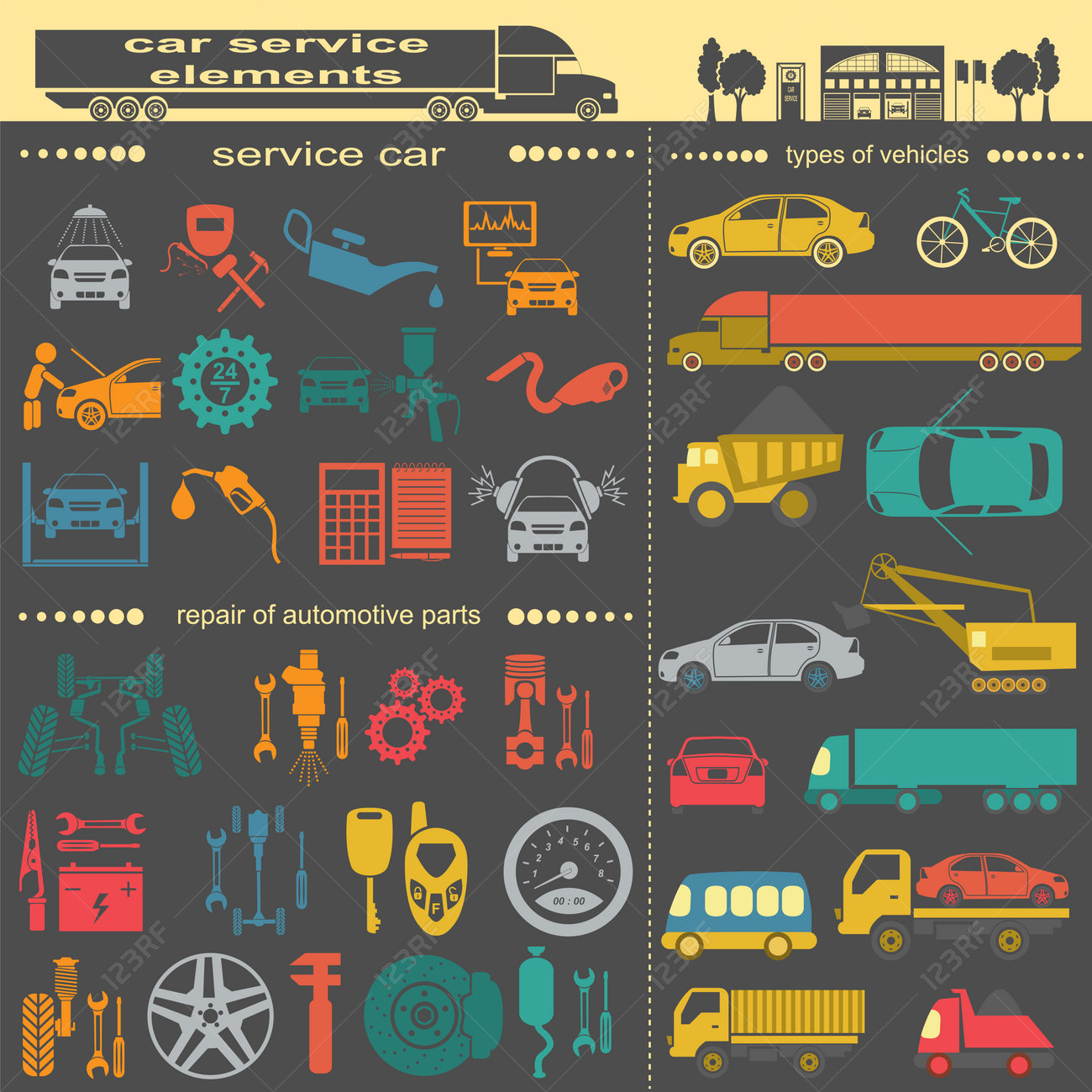Examining Your Car'S Caution Indicators: What They Really Convey
Examining Your Car'S Caution Indicators: What They Really Convey
Blog Article
Material Create By-Faulkner Winters
When you're behind the wheel, those beautiful warning lights on your dashboard can be a bit bewildering. Do you recognize what they're attempting to inform you about your automobile's health and wellness? Recognizing the value of these lights is crucial for your safety and security and the longevity of your car. So, the next time among those lights turns up, would not you intend to analyze its message properly and take the needed actions to address it?
Common Caution Lights and Interpretations
Identify common warning lights in your cars and truck and comprehend their significances to guarantee risk-free driving.
One of the most common warning lights include the check engine light, which signifies concerns with the engine or exhausts system. If this light begins, it's vital to have your car checked without delay.
The oil pressure alerting light suggests low oil pressure, needing instant focus to prevent engine damages.
A flashing battery light might suggest a damaged charging system, potentially leaving you stranded otherwise resolved.
The tire pressure monitoring system (TPMS) light notifies you to low tire stress, influencing car security and gas effectiveness. Ignoring this can result in dangerous driving problems.
The ABS light shows a problem with the anti-lock stopping system, compromising your capacity to stop quickly in emergency situations.
Finally, the coolant temperature level alerting light warns of engine getting too hot, which can cause severe damages if not dealt with promptly.
Understanding these usual warning lights will certainly help you deal with issues without delay and maintain secure driving problems.
Value of Prompt Interest
Recognizing the typical warning lights in your vehicle is only the initial step; the relevance of quickly addressing these cautions can't be emphasized sufficient to guarantee your safety and security when driving.
When a caution light illuminates on your control panel, it's your car's means of communicating a prospective concern that needs attention. Neglecting these cautions can result in a lot more serious troubles down the road, compromising your safety and security and possibly costing you more out of commission.
Motivate focus to cautioning lights can protect against breakdowns and accidents. As an example, a blinking check engine light can suggest a misfire that, if left neglected, can cause damage to the catalytic converter. Addressing this quickly can conserve you from a pricey fixing.
Likewise, https://oil-change-service-near-m85172.qodsblog.com/31229944/trick-suggestions-top-10-tips-for-recognizing-the-most-effective-auto-repair-shop-in-your-region warning light could indicate low brake fluid or worn brake pads, crucial components for your security when driving.
Do It Yourself Troubleshooting Tips
If you notice a warning light on your control panel, there are a few do it yourself repairing ideas you can attempt prior to looking for expert assistance.
The primary step is to consult your automobile's manual to recognize what the details caution light indicates. In some cases the problem can be as easy as a loose gas cap setting off the check engine light. Tightening the gas cap may solve the trouble.
An additional typical concern is a reduced battery, which can cause different alerting lights. Checking the battery connections for rust and guaranteeing they're safe may take care of the issue.
If a warning light continues, you can try resetting it by separating the automobile's battery for a few mins and after that reconnecting it. In Suggested Looking at , inspecting your automobile's fluid degrees, such as oil, coolant, and brake liquid, can assist troubleshoot cautioning lights connected to these systems.
Final thought
In conclusion, understanding your auto's warning lights is crucial for maintaining your car running smoothly and securely. By without delay attending to these signals and knowing what they imply, you can avoid pricey fixings and possible malfunctions.
Remember to consult your automobile's manual for specific information on each advising light and take action as necessary to guarantee a trouble-free driving experience.
Stay notified, stay risk-free when driving!
